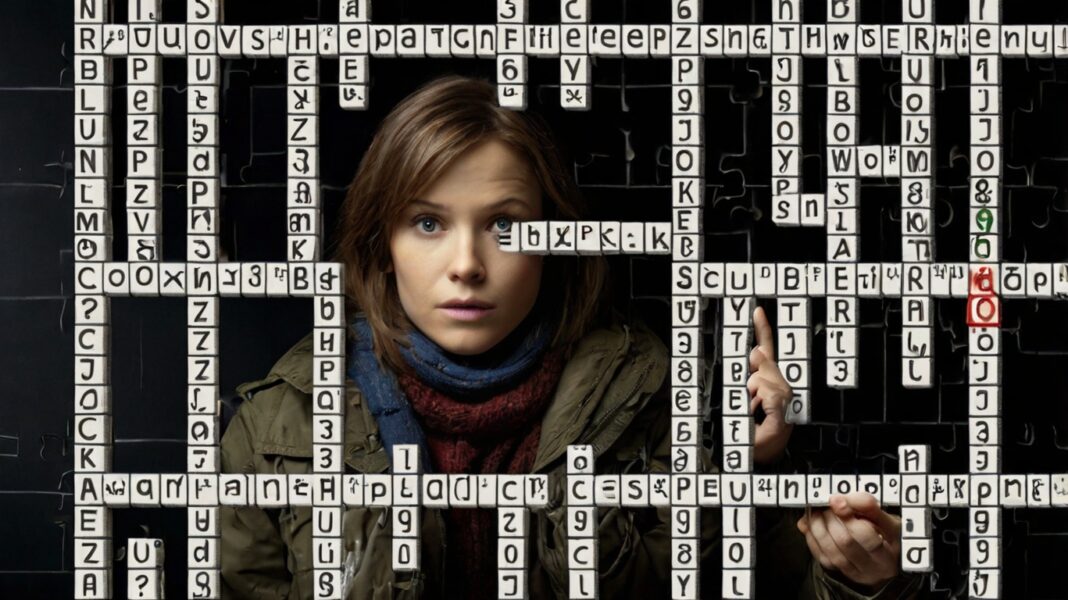Introduction
The New York Times (NYT) Crossword Puzzle has long been a beloved staple for puzzle enthusiasts worldwide. Known for its clever clues and challenging grids, it has the power to provoke a range of emotions—from frustration to sheer joy. One such emotion is stupefaction, a state of astonished bewilderment that many solvers experience when confronted with a particularly tricky clue or an ingenious solution. This article delves into the phenomenon of stupefaction as it relates to the NYT Crossword, exploring its causes, effects, and the unique pleasure it brings to puzzle fans.
What is Stupefaction?
Stupefaction is the feeling of being so surprised or confused that one is unable to think clearly. In the context of the NYT Crossword Puzzle, it often occurs when a solver encounters a clue or an answer that is exceptionally clever, unexpected, or difficult to decipher. This momentary mental paralysis is usually followed by a sense of admiration for the puzzle’s creator and a renewed determination to conquer the challenge.
Causes of Stupefaction in NYT Crosswords
1. Deceptive Clues
Many NYT Crossword clues are designed to mislead or trick the solver. These deceptive clues can cause stupefaction when the solver realizes they have been thinking along the wrong lines. For example, a clue that seems to point to a specific answer might actually be referring to something entirely different.
2. Wordplay and Puns
The use of wordplay, puns, and double meanings is a hallmark of the NYT Crossword. These linguistic twists can confound solvers, leading to moments of stupefaction as they unravel the true meaning behind a clue. A classic example is the clue “Flower holder” which might mislead solvers to think of a vase, when the answer is actually “STEM”.
3. Obscure References
The NYT Crossword often includes references to obscure trivia, lesser-known facts, or niche cultural knowledge. Encountering a clue that touches on an unfamiliar topic can leave solvers feeling stupefied until they either recall the information or look it up.
4. Complex Themes
Some puzzles have intricate themes that tie together the entire grid in unexpected ways. Discovering the theme can be a moment of stupefaction as solvers appreciate the complexity and creativity involved in constructing such a puzzle.
Effects of Stupefaction on Solvers
1. Frustration and Challenge
Stupefaction can initially lead to frustration, especially for competitive solvers who pride themselves on quick and accurate completion of puzzles. However, this frustration often turns into a motivating challenge, driving solvers to dig deeper and think more creatively.
2. Admiration for Constructors
When solvers experience stupefaction, it often results in a deep appreciation for the puzzle constructors. Recognizing the skill and ingenuity required to craft such challenging clues and grids can enhance the overall enjoyment of the puzzle.stupefaction nyt crossword
3. Enhanced Cognitive Skills
Regularly experiencing and overcoming stupefaction can improve cognitive abilities such as problem-solving, critical thinking, and pattern recognition. The mental exercise provided by challenging crosswords is beneficial for maintaining sharpness and mental agility.
4. Sense of Accomplishment
Finally, the resolution of stupefaction—figuring out a tough clue or completing a challenging puzzle—brings a profound sense of accomplishment. This feeling of triumph is one of the primary reasons why people continue to engage with the NYT Crossword.
Strategies to Overcome Stupefaction
1. Stay Calm and Patient
Keeping a calm and patient mindset is crucial when dealing with stupefaction. Taking a break and returning to the puzzle with fresh eyes can often lead to new insights.
2. Use Cross-Checking
Utilize the process of cross-checking answers with intersecting clues. This can help confirm or eliminate potential solutions and gradually unravel difficult sections of the puzzle.
3. Expand Knowledge Base
Improving one’s general knowledge and familiarity with common crossword themes and tricks can reduce the frequency of stupefaction. Reading widely and staying curious can provide a valuable foundation for solving.
4. Embrace the Challenge
Embrace stupefaction as an integral part of the crossword-solving experience. Viewing it as a challenge rather than a setback can transform frustration into a motivating force.
Conclusion
Stupefaction, while initially bewildering, is a crucial element of the NYT Crossword Puzzle experience. It challenges solvers, fosters admiration for constructors, and enhances cognitive skills. By understanding and embracing stupefaction, puzzle enthusiasts can deepen their appreciation for the art of crossword construction and the unique pleasure it brings. So the next time you find yourself stupefied by a tricky NYT Crossword clue, take a moment to savor the challenge and the joy of the eventual “aha” moment.





[…] Stupefaction nyt crossword:The Thrill of the NYT Crossword Puzzle […]